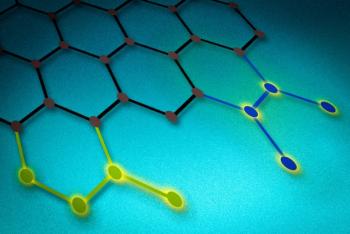Researchers at MIT and Lawrence Berkeley National Laboratory have developed a novel kind of tunable catalyst that could potentially replace costly rare metals that are currently used in fuel cells. The catalyst is made of graphite, with additional compounds attached to the edges of the 2D sheets of graphene that the material is composed of. The catalyst’s characteristics can be tuned to promote specific chemical reactions by altering the composition and the quantities of the additional compounds.

The scientists aimed at merging the attributes of two different electrocatalysts - Molecular electrocatalysts, that can be tuned through chemical treatment so their selectivity and reactivity can be customized, and heterogeneous electrocatalysts that can't be tuned precisely but are known for their durability and ease of processing into a device. The team worked towards chemically modifying graphite’s structure to provide the desired tunability.
By making carbon tunable like molecular catalysts, the researchers have created new design methodologies for such materials. These materials are important components in a number of chemical manufacturing processes could also promote chemical reactions like reduction of carbon dioxide for conversion into a usable fuel. Use of such catalysts helps minimize the emission of a principal greenhouse gas, which brings about climate change, and convert it into a renewable and useful fuel.

